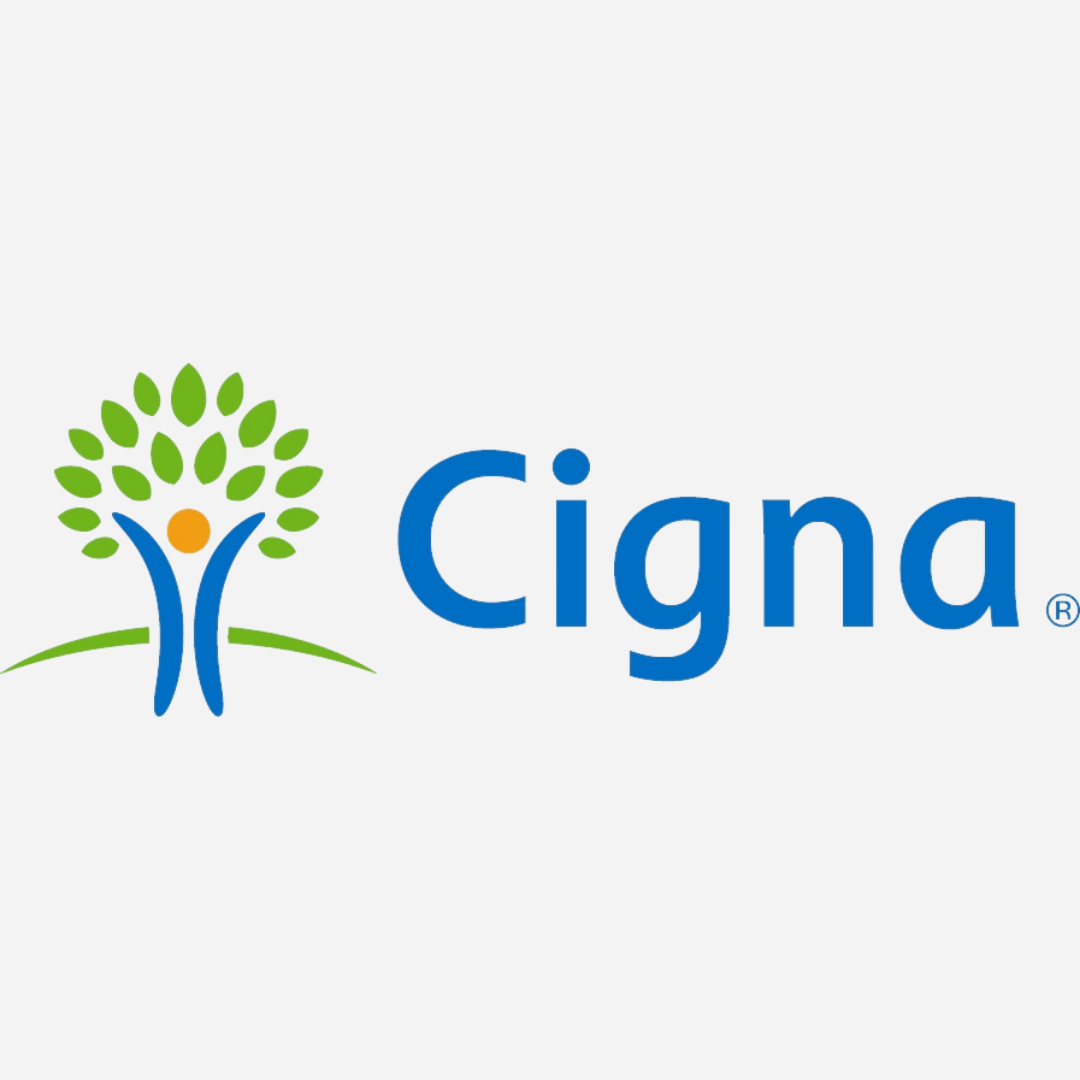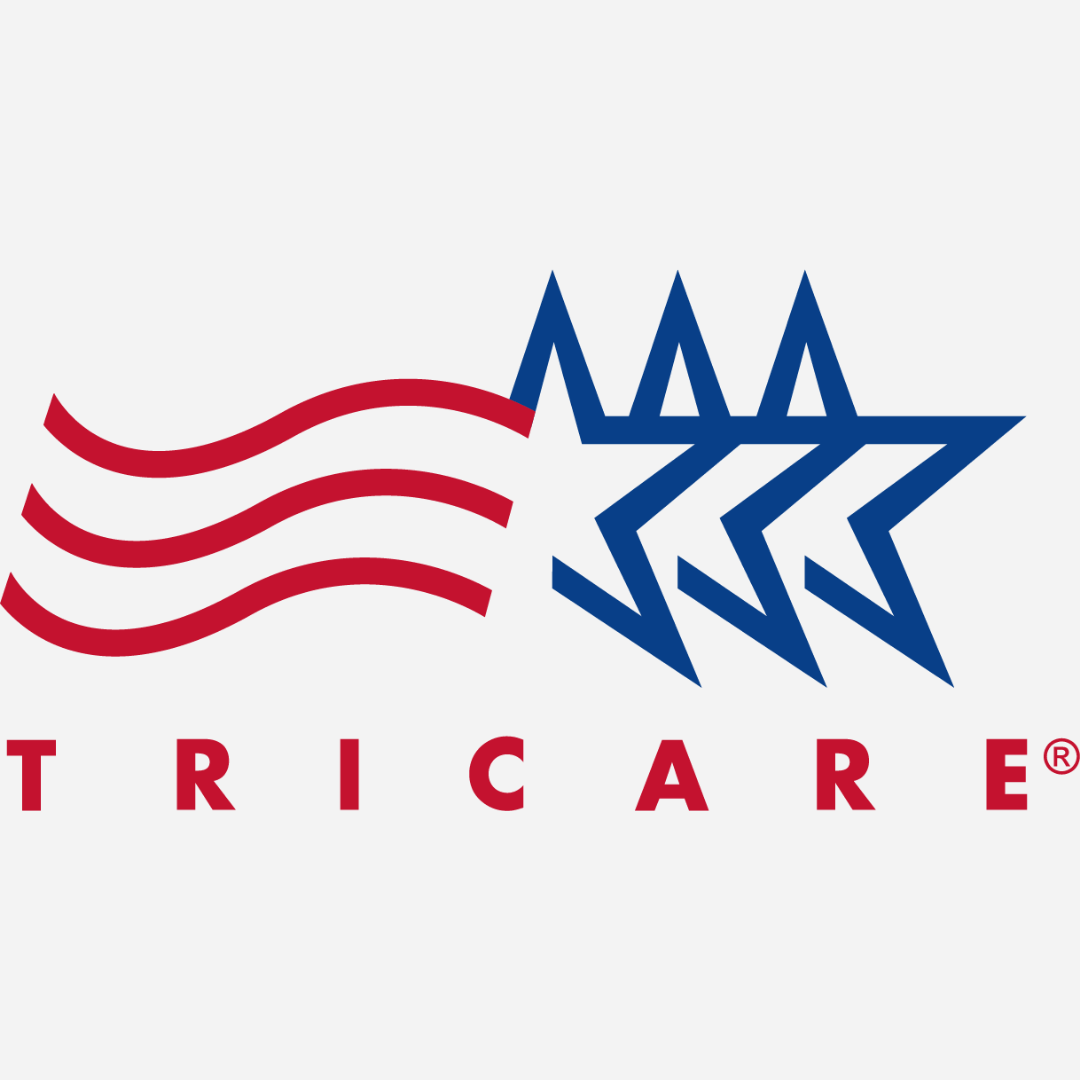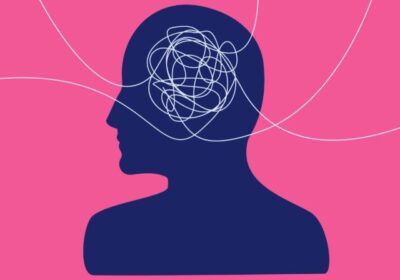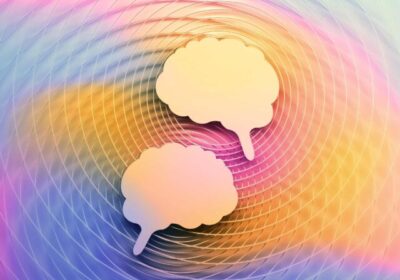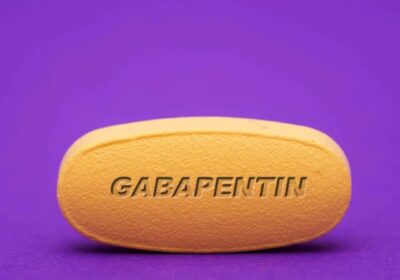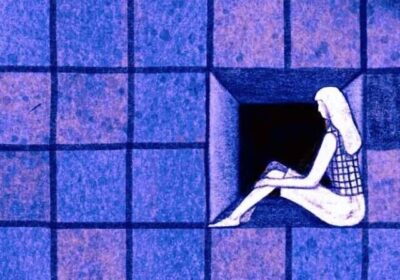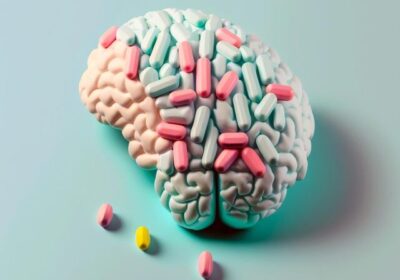Autism MeRT Treatment in Southern California
We believe that children and teens with developmental differences can thrive. Our expertise and innovative technology allow us to recognize the potential in all those we serve and offer an advanced approach to enhancing child development.
Magnetic e-Resonance Therapy (MeRT) is a safe and effective treatment that combines technologies of repetitive transcranial magnetic stimulation (rTMS, an FDA cleared therapy), quantitative electroencephalogram (qEEG), and electrocardiogram (ECG/EKG) to deliver treatments scientifically designed for each individual’s unique brain pattern. MeRT can be used alone, or in conjunction with other treatment modalities including therapy and medication.
Neuro Wellness Spa is a leader in personalized brain health and neuromodulation. Using state of the art MeRT technology, our clinicians deliver a personalized treatment for a wide variety of brain related disorders such as autism and to optimize overall cognitive performance. MeRT therapy is available at our Manhattan Beach psychiatry clinic. To learn more about MeRT treatment for autism, contact us today at 877-847-3984 or use our contact form.
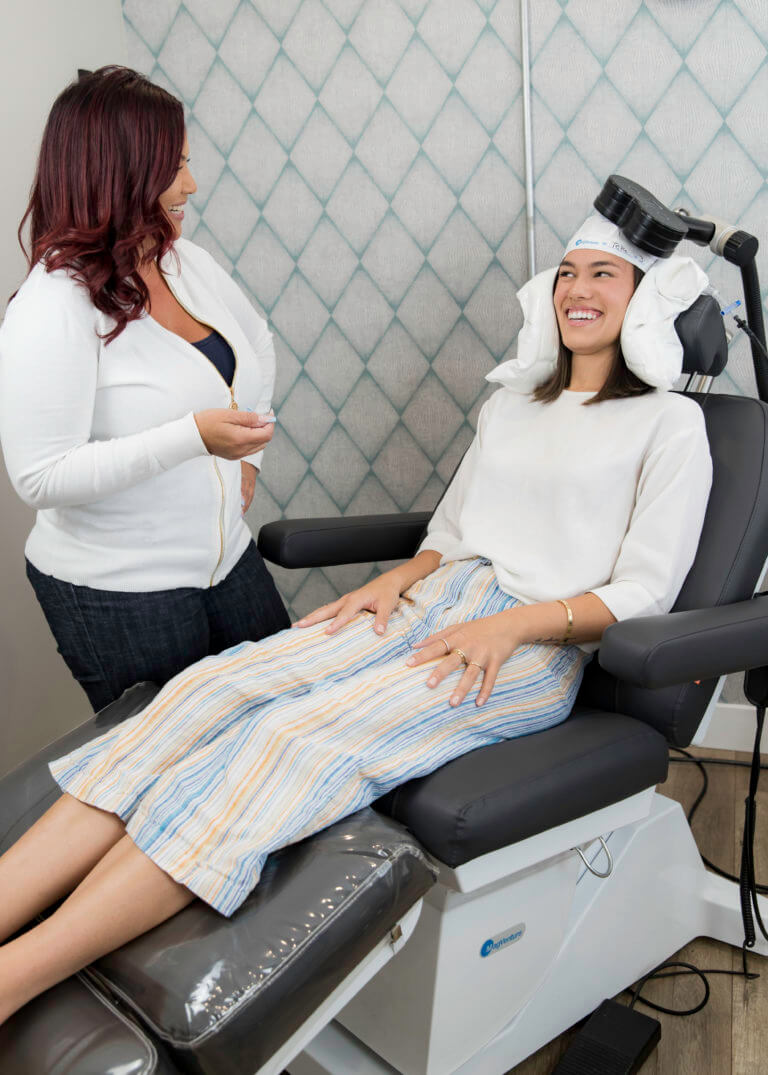
What is MeRT Therapy?
In the past few decades, experts have used brain imaging and neuromodulatory techniques to study neurodevelopment disorders and gain a better understanding of autism spectrum disorder. Our MeRT approach applies these findings to understand your child’s unique brain and improve their ability to engage, focus, learn and develop over time.
By combining sequential Quantitative Electroencephalogram (qEEG) recordings, transcranial magnetic stimulation (TMS) and custom treatment protocols, MeRT analyzes brainwave data to deliver the best outcomes possible. With an in-depth understanding of your child’s unique neurophysiology, we guide treatment to accelerate learning and development.
Using neuroscience and machine learning, MeRT visibly reshapes brainwave activity and strengthens functionality to improve health outcomes. Whether your goal is improved learning, socialization, speech, eye contact or focus, our expert team can help your child and family achieve long-lasting, transformative results.

Non-Invasive
MeRT is non-invasive and well-tolerated.

FDA-Cleared
Our devices are safe and cleared by the FDA.

Drug-Free
MeRT is a drug-free approach that uses magnetic pulses to retrain the brain.
MeRT Treatment for Austism
MeRT is a well-tolerated and highly effective treatment approach to symptom relief for those with autism spectrum disorder. MeRT combines rTMS, an FDA-cleared treatment, with qEEG and EKG recordings to individualize treatments to each unique brain pattern. MeRT nurtures the brain for stability and synchrony to achieve superior developmental outcomes for the children and families we serve.
Patients with developmental differences will often have signature EEG wave activity appearing in the frontal portion of their brain. Their brainwaves are dominated by a mix of slow (Delta & Theta waves) and high (Beta wave) frequency behavior, whereas a neurotypical patient would have dominant alpha waves.
By recording the EEG and using that data to create a personalized treatment protocol, we can entrain the front of the brain to be less disorganized and increase whole brain coherence. Often, MeRT results in improved sleep, improved eye contact and speech, improved social behavior and overall better quality of life.
During MeRT cortical treatment, patients recline in a treatment chair. A TMS magnet is positioned over the patient’s head to deliver a tailored protocol of gentle magnetic pulses to specific areas of the brain. Patients report that the pulses feel like taps on the head. Each treatment session lasts about 30 to 40 minutes, after which patients can immediately return back to their daily routines.
Overall, patients tolerate MeRT treatment very well. The most commonly reported side effect is mild scalp discomfort or mild headache during stimulation, which responds well to over-the-counter analgesics.
Signs and Symptoms of Autism
In the United States, one in five children have learning differences like Autism and ADHD. Learning differences are caused by variations in how the brain develops and processes information. Millions of kids who learn and think differently don’t get the support they need. Kids with learning differences are just as smart as their peers. However, they can struggle without the right support.
Autism, or autism spectrum disorder (ASD), refers to a broad range of conditions characterized by challenges with social interaction, communication and cognitive function.
Signs and symptoms of autism generally appear before the age of three. Symptoms can vary in intensity over time and can vary from person to person. Characteristics of autism spectrum disorder generally fall into two categories:
- Social interaction and communication problems including difficulty relating to others, trouble understanding other people’s feelings or talking about their own feelings and trouble expressing needs.
- Restricted and repetitive patters of behaviors, interests or activities including hand-flapping and toe-walking, playing in an uncommon way, unusual reactions to the way things smell, taste, look, feel or sound and trouble adapting when a routine changes.
Timely and high-quality intervention for autism is crucial and helps improve learning, communication and social skills, as well as underlying brain development.
What Steps Are Involved in MeRT for Autism Treatments?
Step 1: Record the brain frequencies of your child.
The first step in developing a customized MeRT treatment program for ASD is to assess and map the individual’s brainwaves and brain frequencies. Since patterns are different from one person to the next, this is an essential step that cannot be skipped.
Step 2: Review and analyze the brainwave and brain frequency data.
After completing the non-invasive ECG/EKG and qEEG tests, the data is reviewed and analyzed. It is through this step that we can develop a customized TMS baseline treatment plan. The analysis utilizes very complex algorithms and years of clinical data to develop an appropriate treatment plan.
Step 3: Begin TMS treatment.
TMS is a non-invasive, safe, and drug-free treatment that helps stimulate and synchronize the brainwaves and brain frequencies in the individual. In addition, the treatment is painless. The person sits back in a chair and relaxes while they get their treatment.
Step 4: Review, reassess, and adjust ASD treatment.
Assessments are performed at the end of the first or second week in order to determine the efficacy of treatment and if adjustments to the protocol are necessary. The purpose of the assessment is to evaluate how the individual is responding to TMS treatment. We perform a second set of ECG/EKG and qEEG tests to see how the person is responding. Next, we review and analyze the data and, if necessary, make adjustments
Reassessments will continue to occur every ten sessions, in order to ensure that the individual is receiving the most benefit from the treatment protocol.
How Many ASD Treatments are Needed?
The number of treatments and duration varies based on where the individual is on the autism spectrum. Ideally, it is recommended people receive at least six weeks of treatment. Most people receiving MeRt for autism start to notice positive changes in their symptoms after the first few weeks of ASD treatments.
The improvements will vary based on a number factors, such as how well you follow our treatment plan and recommendations in between treatments. In general, the more treatments an individual receives, the longer their positive changes will last. In some instances, the changes a person will experience can last the rest of their life. However, many individuals have found they prefer follow-up treatments every six to twelve months to ensure the positive changes from the initial treatment sessions remain.
How Long Are MeRT for ASD Sessions?
We understand it can be challenging for those with ASD to remain still and focused for long periods. Therefore, we have designed our MeRT for ASD sessions to last around 45 minutes to an hour, including the initial consultation.
MeRT for Autism Treatments in Southern California
If you are considering MeRT for ASD, start with a free, no-obligation consultation at Neuro Wellness Spa in Southern California. We are happy to answer your questions, explain the process, and address any concerns.
To learn more about MeRT for ASD or to schedule a consultation, please feel free to contact us at 877-847-3984 today!
Autism Statistics
- Autism is diagnosed over four times more frequently in boys than in girls
- Autism spectrum disorder is one of the fastest-growing developmental disorders in the United States. ASD is more common than childhood cancer, diabetes and AIDS combined.
- Autism spectrum disorder affects all nationalities, all creeds, all religions, all races and both sexes. It doesn’t differentiate or affect only one group or another.
- The earlier autism spectrum disorder is diagnosed and treated, the better. Outcomes for children’s lives are significantly improved with early diagnosis and treatment.
- Comorbid conditions often associated with autism include Fragile X, allergies, asthma, epilepsy, bowel disease, gastrointestinal/digestive disorders, persistent viral infections, PANDAS, feeding disorders, anxiety disorder, bipolar disorder, ADHD, Tourette Syndrome, OCD, sensory integration dysfunction, sleeping disorders, immune disorders, autoimmune disorders, and neuroinflammation.
Autism is treatable. Children and families around the world are improving their quality of life with MeRT. And so can you.
Begin MeRT Treatment in Los Angeles Today
MeRT therapy at Neuro Wellness in Los Angeles is a safe and effective treatment designed to improve your overall brain health. Our team of experts will walk you through the process related to MeRT. For more information about the services we offer, including MeRT, contact us today.




